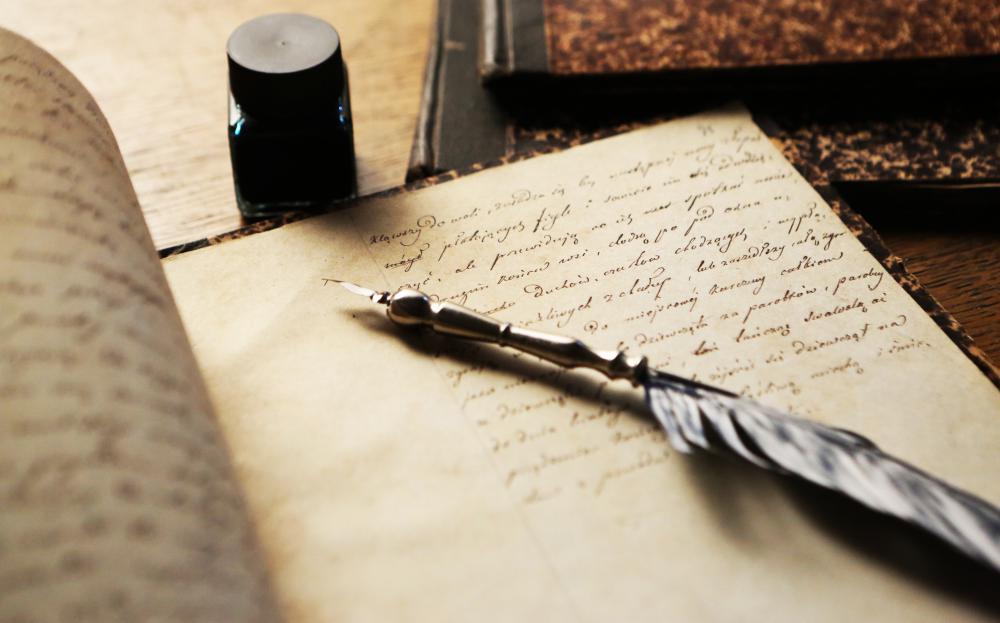At WiseGEEK, we're committed to delivering accurate, trustworthy information. Our expert-authored content is rigorously fact-checked and sourced from credible authorities. Discover how we uphold the highest standards in providing you with reliable knowledge.
What Is Chinese Calligraphy?
Chinese calligraphy, the art of refined and graceful handwriting in China, is specifically called shufa and has an ancient and treasured history. The ancient Chinese civilization believed that there was an interrelationship between calligraphy and painting, as these two forms of art employ identical methods and materials. Ancient Chinese painters, however, were considered as nothing more than plain artisans, whereas calligraphers were regarded as highly respected and cultured scholars. From the fifth century anno domini (AD), however, people began to regard calligraphers and painters as comparable professions according to status. In the seventh century, Chinese calligraphy was introduced in Japan and applied as a method of copying Buddhist texts.
Calligraphy involves the application of aesthetic principles, fancy writing, and skilled penmanship to words and even whole documents. It may be compared to inscription, although inscription refers only to script written on materials that can undergo decomposition, such as parchment and papyrus. Calligraphers in Asian countries such as China use a pointed brush that is held vertically; those in Western and Islamic regions use a quill, reed, or calligraphy pen held somewhat inclined. The fifth dynasty Egyptian papyri are considered the earliest calligraphic forms of writing.

As traced through inscriptions, Chinese script is believed to have existed since the latter half of the second millennium BC. The origin of the script reveals its evolution from symbols called pictographs, which are representations of objects, to abstract characters. Archaic or seal script, which in Chinese is called juanshu, is the oldest script in calligraphy. It had uniform thickness, and was linear and clearly inscribed. Since the Han dynasty, which occurred from 202 BC to AD 220, the Chinese used a simpler version of juanshu called lishu, on which modern Chinese calligraphy was based.

Up to the fourth century AD, lishu became the main style in Chinese calligraphy. Three modern styles of Chinese calligraphy emerged from lishu: kaishu, xingshu, and caoshu. The standard for printed characters is kaishu, which means “regular script.” Xingshu, or “running script,” is a semi-flowing form of kaishu. The short and highly expressive caoshu is a style that means “grass script.”

Although it was during the Han dynasty when lishu flourished, the two golden ages of Chinese calligraphy are actually the Tang dynasty, which occurred from 618 to 906, and the Song dynasty, which occurred from 960 to 1279. The Tang dynasty was ruled by a famous calligrapher, Emperor Ming Huang, who promoted Chinese calligraphy by showing his people how interested he was in this visual art. Meanwhile, it was during the Song dynasty when people regarded calligraphy as the fancy lettering version of painting. This established the interdependence between the two forms of art.
AS FEATURED ON:
AS FEATURED ON:














Discuss this Article
Post your comments